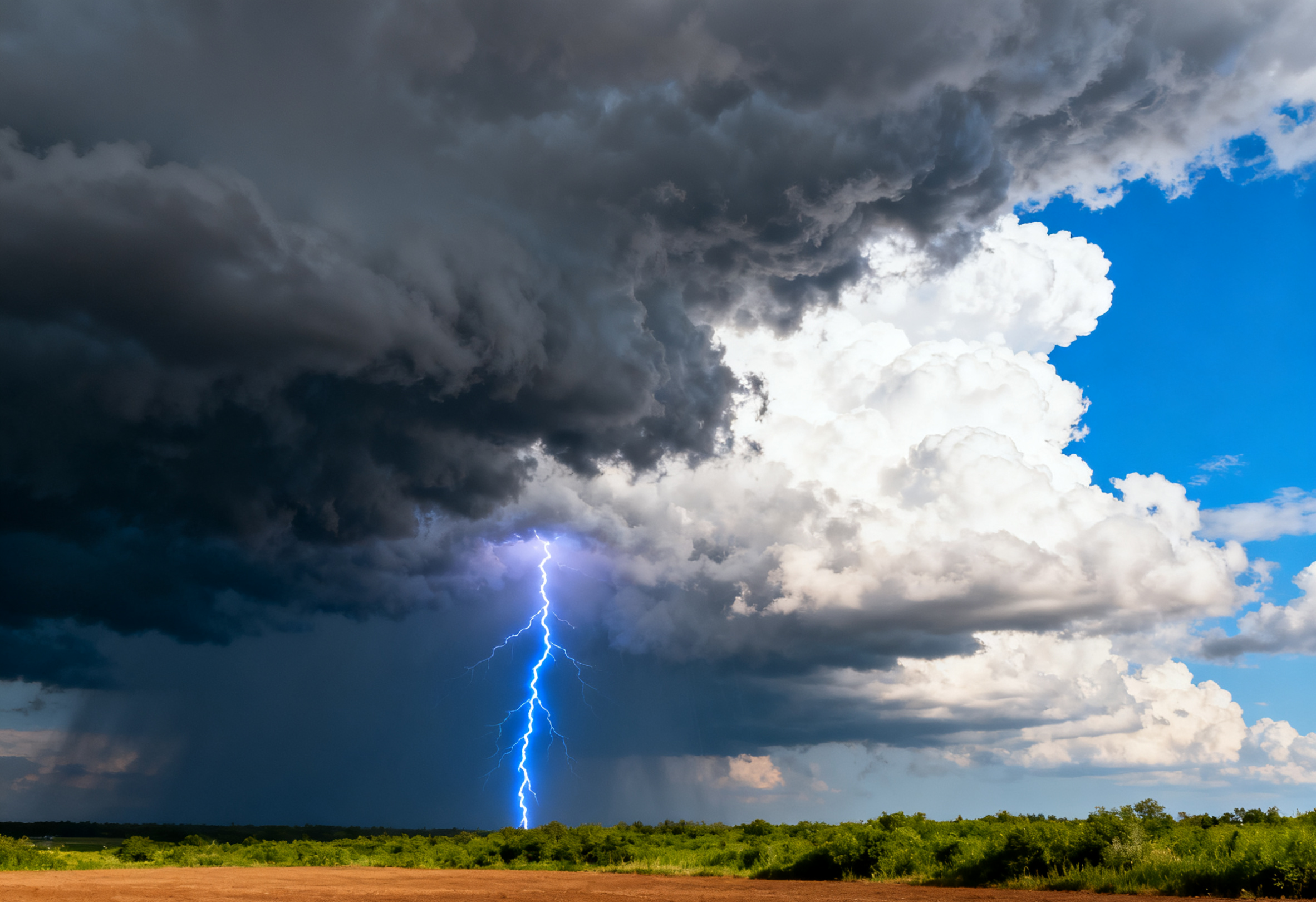Industry Background
The Importance of Weather Forecasting
Weather forecasting is a critical tool for understanding natural patterns and plays a vital role in ensuring societal development and safety.
Challenges Posed by Climate Change
Global warming has led to increasingly frequent extreme weather events, exposing limitations in traditional forecasting methods to respond timely and accurately.
Bottlenecks of Traditional Computing
Computational complexity in numerical weather prediction models grows exponentially, and classical computers struggle to meet the demands of high spatiotemporal resolution.

Advantages
Multi-Layer Integrated Architecture
A seamless "Data → Algorithms → Platform → Applications" closed-loop system is established, spanning from meteorological data processing to applications. This hierarchical design ensures clarity and tight collaboration across all layers.
Quantum Neural Network-Driven Innovation
Cutting-edge models such as Quantum Long Short-Term Memory (QLSTM) networks, Quantum Convolutional Networks (QCN), and Quantum Attention Mechanisms are introduced to enhance spatiotemporal feature extraction and prediction capabilities.
Platform and Hardware Co-Support
Leveraging quantum computing cloud platforms and hyper-converged computing clusters, the solution adapts to diverse quantum hardware types, ensuring efficient computational support and flexible deployment capabilities.

Industry Pain Points
Extreme Weather Prediction Lags with High False Alarm Rates
Traditional numerical weather prediction (NWP) models respond slowly to sudden events such as typhoons, rainstorms, and tornadoes, resulting in short warning windows and low accuracy.
High Uncertainty in Long-Term Climate Simulation
Existing climate models require coupled simulations of multiple complex systems. Limited by classical computing power, long-term trend predictions exhibit significant errors and low reliability.
Solution Architecture
Application Scenarios

Nowcasting with Quantum Enhancement
By integrating quantum channel spatial attention blocks with classical neural networks for nonlinear mapping, this solution enables end-to-end prediction from radar echo images to precipitation forecasts. Through joint parameter optimization, it significantly improves accuracy and forecasting speed.

Quantum-Driven Temperature Prediction
Leveraging a quantum residual LSTM model, the system captures patterns in temperature variation with higher precision. It excels particularly in processing complex meteorological data, delivering superior prediction accuracy and faster response times for real-time temperature forecasting.

Typhoon Intensity Forecasting
Utilizing Quantum Long Short-Term Memory (QLSTM) networks and quantum attention mechanisms to process typhoon trajectory and structural data respectively, the solution constructs multi-modal fused features. This enables deep mining of typhoon evolution information for accurate prediction of intensity trends.
